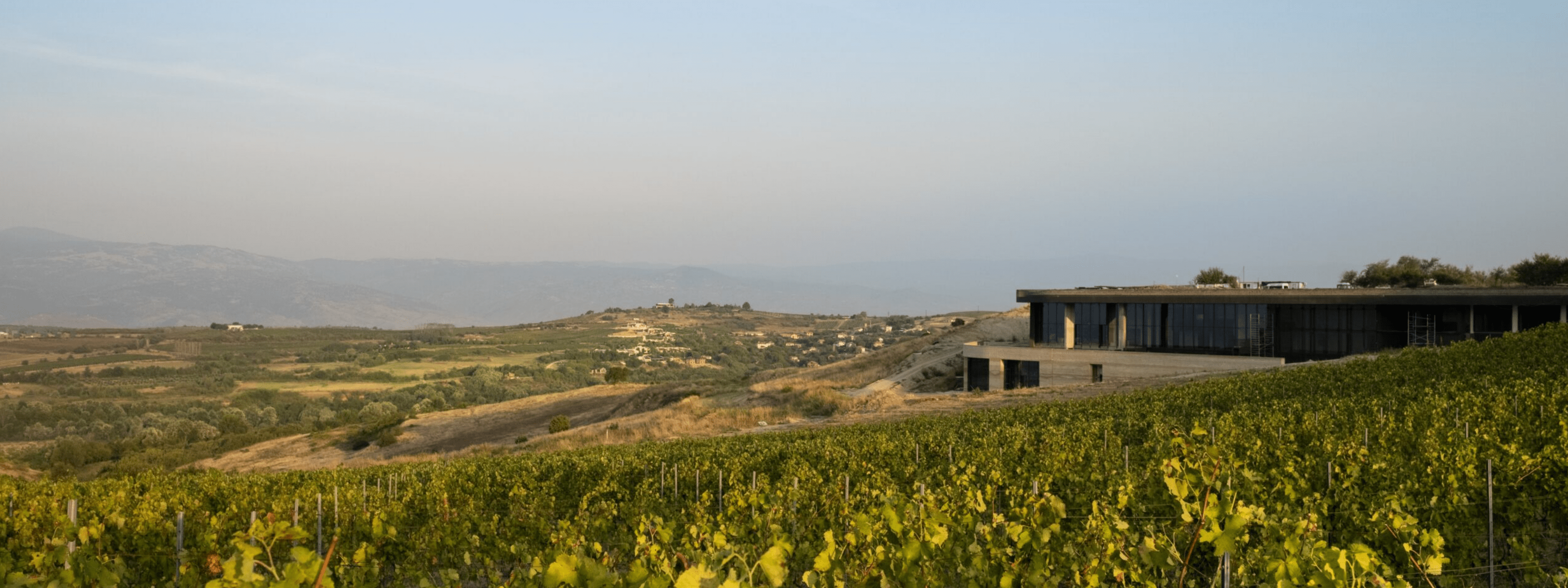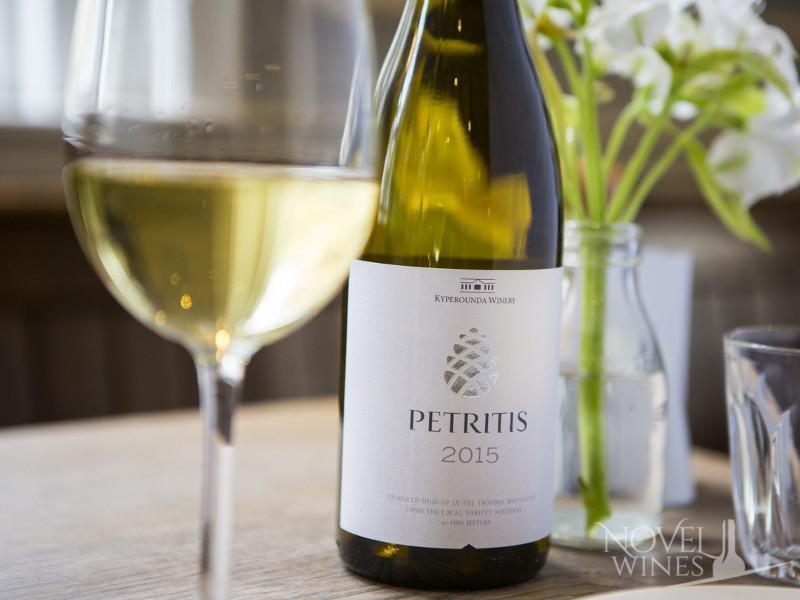
Peak at Hungary’s 2016 harvest
The all-important harvest is always the result of a year’s work in the vineyard. It’s the combination of the weather conditions and the hard graft of the vine growers’ reactions.
In Hungary, 2016 might not be a fab year for volume but it will be a very good year for quality. The expected crop is around 385 000 tons, which with a rough calculation can make 2.7 million hectolitres of wines. Just a silly comparison – average vintages produce over 700 million bottles of wine in Bordeaux alone.
Hungary’s harvest starts every year in August with the early ripening varieties such as Csabagyongye or Irsai Oliver but usually all the whites are in the cellars before October and producers finish the harvest with the serious reds like Cabernet by the end of October. The very last grapes to be harvested are the white varieties used to make late harvest sweet wine.

Incredibly turn around in the winery can be so fast that fresh, fruity dry white wines and roses are already available in early October.
The 2016 vintage varied all over Hungary’s wine regions; while regions to the west seemed to suffer every possible difficulty, eastern and southern areas enjoyed an excellent, much easier year.
Prominently it was a hectic year at the Lake Balaton. Europe’s largest lake is surrounded by volcanic soil vineyards famed for production of Olaszrizling. Frost damaged the sprouts in the spring, then we had to protect from the fungal diseases in the long humid summer period, before the worst disaster from hail in July, which totally destroyed crops at some vineyards. However despite all of Balaton’s difficulties the grapes that did survive are of exceptional quality.
Eger wine producer, Tibor Gal, who makes the Egri Csillag and Titi Bikaver, said of 2016: “Luckily we didn’t have the extreme weather some of the western regions suffered. However we were under pressure to protect the grapes from mildews caused by lots of rain. August was ideal for us with the warm days and cool nights. These condition can help make fruity and elegant wines. We’re expecting a great year.”

Gabor Kardos, who produces a range of wines from dry to sweet grown in Tokaj, added: “We had many rainy days in the spring and early summer combined with some hail, which destroyed the majority of our crop at Padihegy Vineyard. Some early rot also caused problems, forcing us to do a “green harvest” of unripe grapes in June and select the healthy bunches. Hail and rain again in late August was a scare but great warm sunshine in the September when the Botrytis (noble rot) started to set in meant the grapes evolved complex, characterful flavours. We think this will be an excellent year for both sweet and dry wines in Tokaj.”




